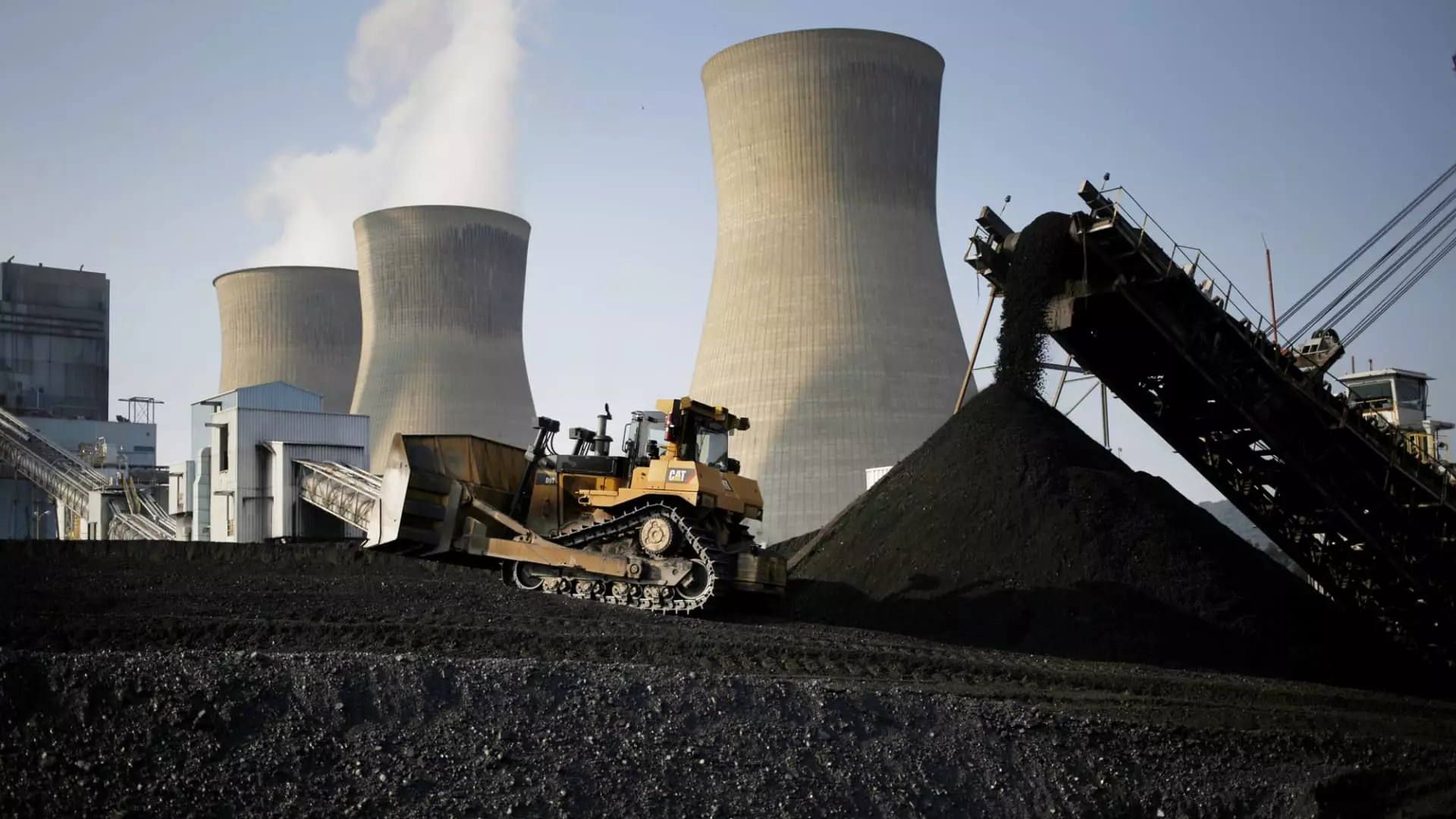The recent announcement regarding the planned restart of the Three Mile Island nuclear plant signals optimistic prospects for the future of nuclear energy in the United States. However, as Mike Goff, the acting assistant secretary for the Office of Nuclear Energy at the Department of Energy, pointed out, this is only the tip of the iceberg. To address the burgeoning electricity demand and meet decarbonization goals, the U.S. must significantly enhance its nuclear power capabilities. Goff articulated that at least a tripling of the current nuclear fleet is essential for the country to effectively manage energy requirements while simultaneously reducing carbon emissions. This ambitious initiative must not only focus on reviving existing plants but also emphasize the construction of new facilities to ensure energy security for future generations.
The U.S. boasts the largest nuclear fleet worldwide, comprising 94 operational reactors that collectively generate about 100 gigawatts of power, which constituted approximately 18% of the nation’s electricity output in 2023. The existing infrastructure, although significant, reveals vulnerabilities in scalability to meet escalating demands. Goff’s assertion that the nation needs an additional 200 gigawatts of nuclear power, equivalent to the establishment of about 200 new reactors, underlines the urgency of reformative action. While the revival of facilities like Three Mile Island is commendable, restoring a handful of shuttered plants will only scratch the surface of an increasingly dire situation. Therefore, a more holistic approach to energy production is necessary.
The revival of nuclear energy isn’t without its challenges. Cost overruns and lengthy construction timelines are pervasive issues with new nuclear plants. The recent example of the Vogtle plant expansion, which exceeded $30 billion and took much longer than anticipated, exemplifies the hurdles that lie ahead. The complexity of construction and the financial risk associated with new projects have produced hesitance among investors and stakeholders. However, Goff highlighted that transitioning retired coal plants into nuclear sites presents a unique opportunity. These locations not only come with existing transmission infrastructure but also boast personnel already experienced in energy production, thus alleviating some complications.
A recent Department of Energy study indicates that utilizing former coal plant sites could facilitate the development of up to 174 gigawatts of new nuclear power across 36 states. This is crucial as the energy sector shifts away from coal, leaving gaps in power generation that nuclear can fill. Utilizing existing coal infrastructure could potentially lead to cost reductions of up to 30%, making the financial case for nuclear more compelling.
As the discussion around expanding nuclear energy progresses, it is essential to examine the potential of advanced reactor designs that could reshape the landscape of electricity generation. The possibility of deploying smaller advanced reactors can maximize the energy yield at former coal sites. While larger gigawatt-sized reactors are advantageous for meeting immediate demand, the flexibility and modularity of smaller reactors could open the door for quicker deployment and adaptation to market needs. However, realization of these advancements remains several years away from commercialization, leaving a lingering question: how soon can they be developed to meet the pressing electricity demand?
Public and private sector collaboration will play a crucial role in shaping the future of nuclear energy in the U.S. The recognition of nuclear power’s value as a stable, carbon-free energy source is gaining traction, aided by tax incentives and support from recent legislative measures like the Inflation Reduction Act. This supportive environment creates a framework within which the existing nuclear fleet can be maintained and new projects can be pursued more aggressively. Constellation Energy’s decision to restart Three Mile Island, alongside other plans such as Holtec International’s intention to revive the Palisades plant by 2025, signals a fundamental shift in the perception of nuclear energy.
The Path Forward: Securing Energy for Generations to Come
Ultimately, the progression of the U.S. nuclear industry transcends the mere reinstatement of reactors. It requires a comprehensive strategy to expand, innovate, and invest in novel technologies within a supportive regulatory framework. While recognizing the hurdles that exist, the strategic repurposing of coal plants, embracing advanced technologies, and fostering cooperative governance are vital conduits for transforming the energy landscape. The impending demand for cleaner electricity and the challenges posed by climate change necessitate swift, decisive, and forward-looking action, making a robust nuclear program not just advantageous but imperative for the sustainable energy future of America. It is a challenging yet achievable goal that can pave the way for energy security in the decades ahead.

